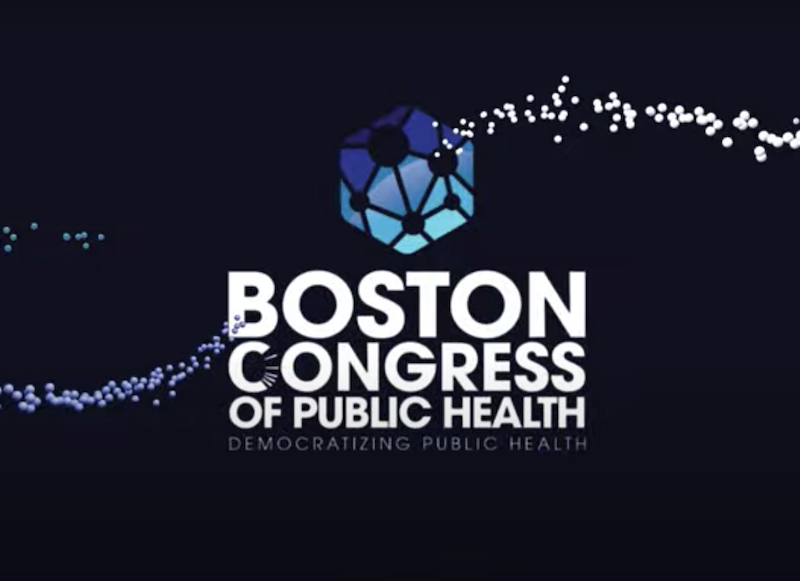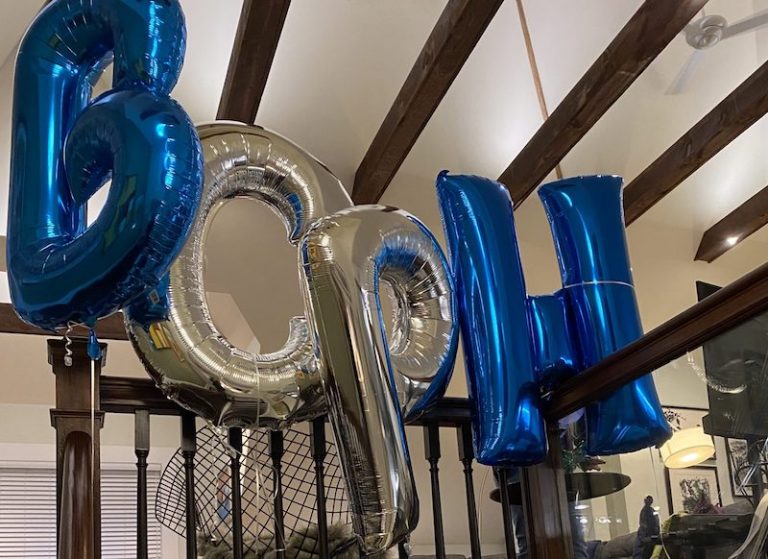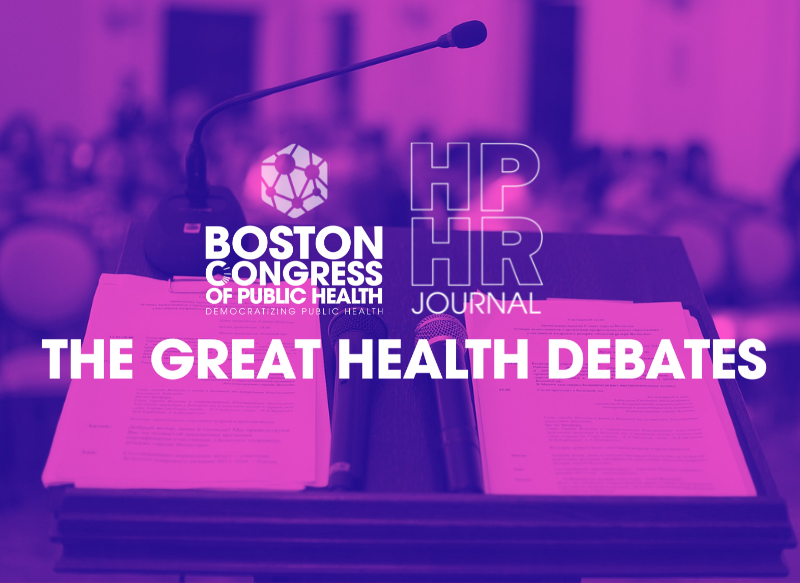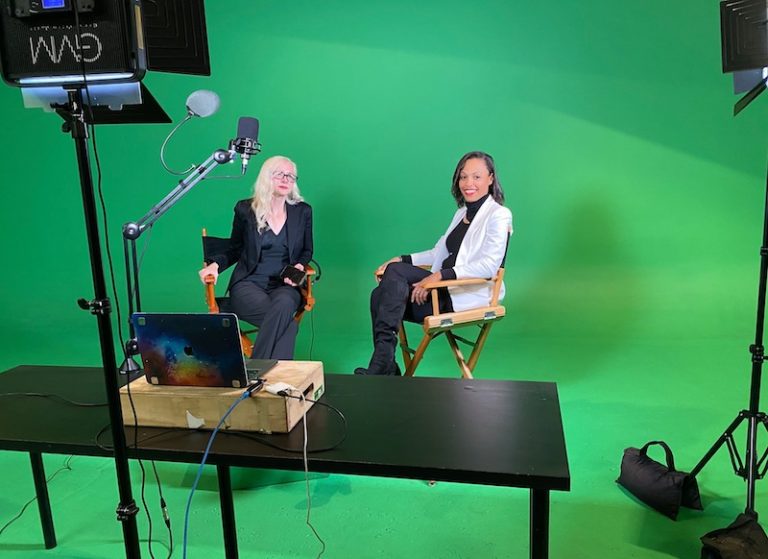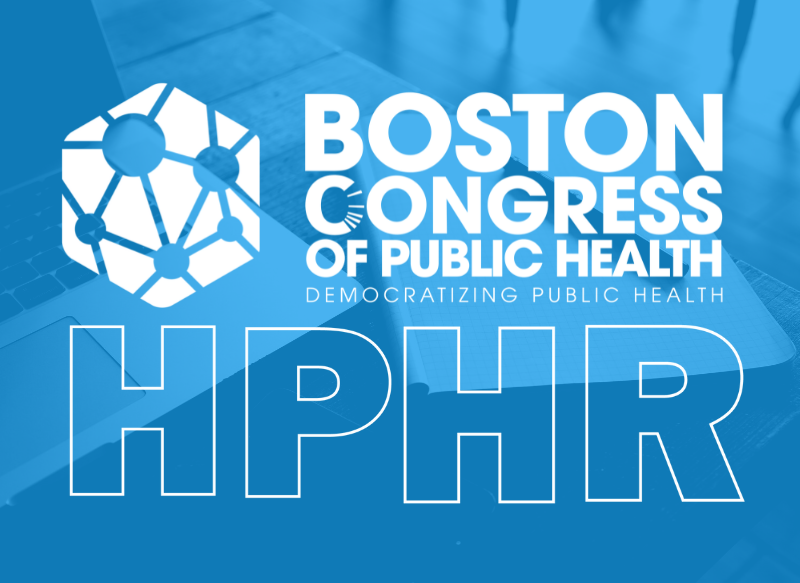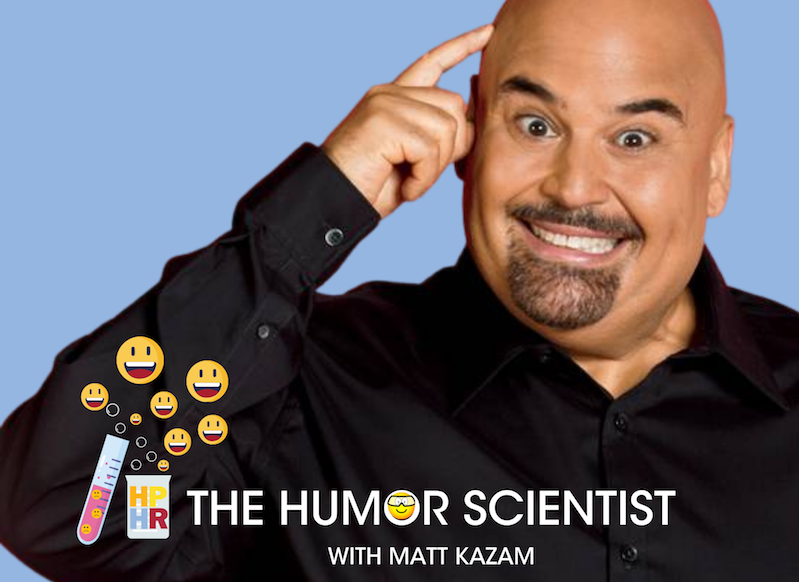
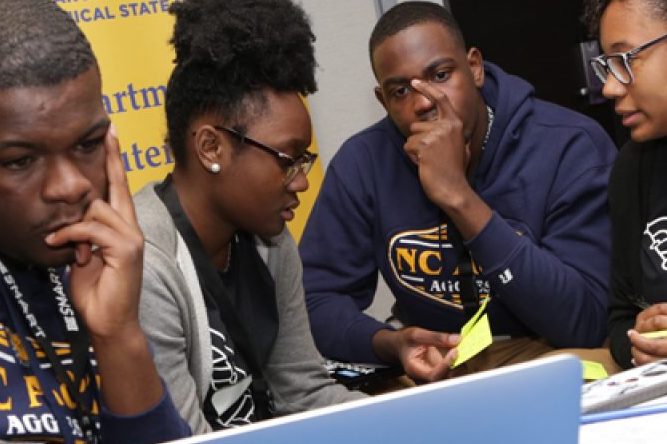
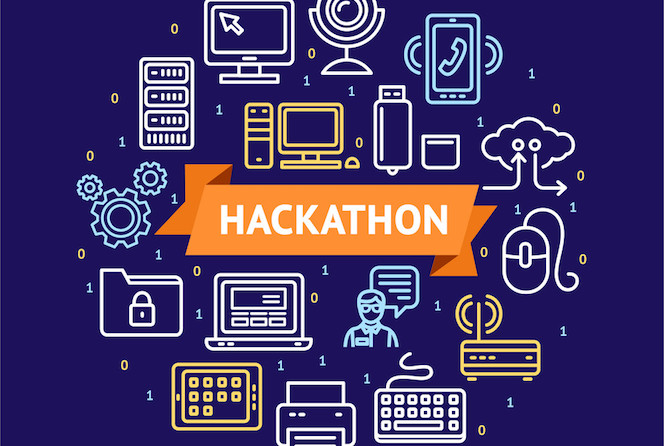

The Boston Congress of Public Health believes in the power of community, diversity, and synergy. The HPHR Hackathon is designed to ignite that power. We’re helping to illuminate obscure and underappreciated public health issues, amplify underserved voices and perspectives, and shatter the echo chamber within public health.
The HPHR Hackathon is a 4-day virtual event, being held in February 2023, which aims to bring together researchers, advocates, health professionals, and students from across the globe in the arenas of public health, behavioural science, medicine, advocacy, and more. The Hackathon is designed to create diverse “hacking” teams to address local or global public health PROBLEMS and pitch creative SOLUTIONS. This will be accomplished in the form of ARTICLES or PHOTO ESSAYS in one or more of the following areas:
HPHR Hackathon Winners will be awarded categorical prizes, including certificates, and the opportunity to publish their winning submission(s) for FREE within the HPHR Journal.
Objectives of the HPHR Hackathon
Eligibility
General Rules and Procedures
Written Essays
Photo Essays
Pitches
Disqualifications
Further Guidelines
Figures
Figures should be configured as follows:
Tables
Tables should be created in Word and configured as follows:
Images and Other Media
Images and other media that are not part of figures may be submitted as follows:
Photographs
Awards
The following awards will be presented to the winners of the HPHR Hackathon 2022:
HPHR Hackathon Mentors
For additional questions and to sign up, please email [email protected].
HPHR Hackathon Judges
For additional questions and to sign up, please email [email protected].
